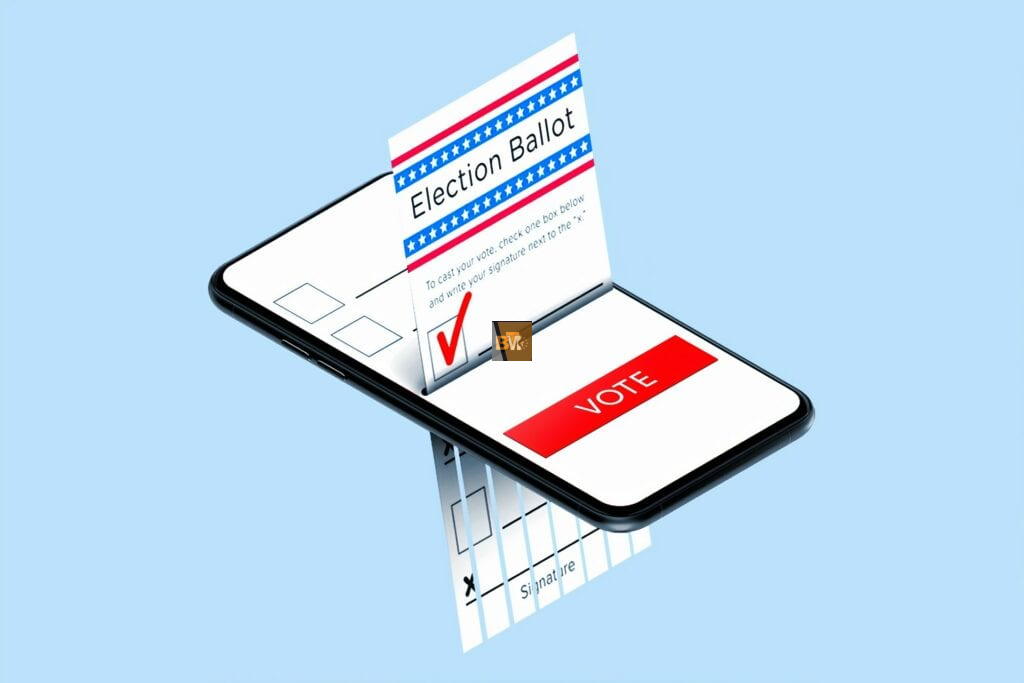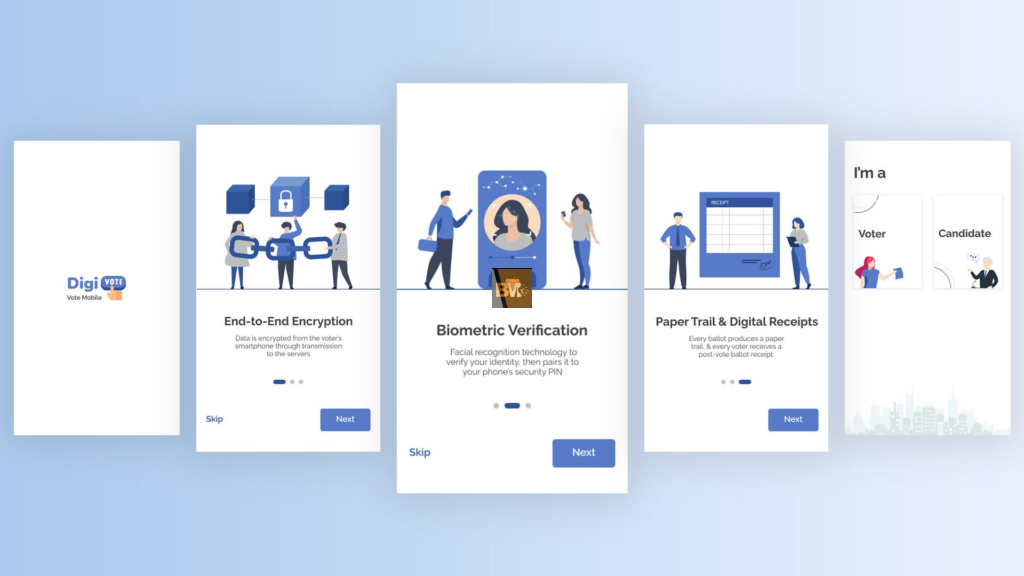User experience (UX) plays a crucial role in elections. A smooth, clear, and user-friendly voting process ensures that every eligible voter can participate without confusion or frustration. However, many voters in the United States face challenges, such as hard-to-read ballots, complicated registration processes, and slow websites. In this article, we will explore the importance of UX in elections, common problems voters face, and how the U.S. is working to improve the voting experience.
What is UX in Elections?
UX, or user experience, refers to how easy or difficult it is for someone to complete a task. In elections, UX focuses on how simple and accessible the voting process is for citizens. Good UX means that voters can register, find information, and cast their votes without any unnecessary obstacles. Bad UX, on the other hand, can lead to confusion, frustration, and even discourage people from voting altogether.
For example, if a voter struggles to understand a ballot or faces issues while using an online registration system, they may give up before successfully voting. By improving UX in elections, we can ensure that democracy remains strong and that every eligible voter has a fair chance to participate.
Why is UX Important for Voting?
Voting is one of the most fundamental rights in a democracy, and the experience of voting should be as smooth as possible. Poor UX can lead to lower voter turnout, errors in ballot submission, and even disenfranchisement. If a voting system is too complex or difficult to use, many people—especially first-time voters, elderly citizens, and those with disabilities—may struggle to cast their votes correctly.
A well-designed UX in elections ensures that:
- More people participate – When the process is simple and clear, more citizens feel comfortable voting.
- Fewer mistakes occur – Confusing ballots or poor website design can lead to errors that result in disqualified votes.
- Voters feel confident – A seamless experience makes people trust the system and believe that their vote matters.
By focusing on UX, election officials can make voting a stress-free process for all citizens, increasing overall trust in the electoral system.
Common UX Problems in Elections
Despite efforts to improve voting systems, many UX challenges still exist. These issues can create confusion, prevent people from voting, and reduce trust in the electoral process. Below are some of the most common UX problems in elections.

Hard-to-Read Ballots
Ballots are one of the most critical parts of the voting process, but poorly designed ballots have led to voter confusion in the past. Font size, unclear instructions, and complex layouts can make it difficult for voters to correctly mark their choices. One famous example is the 2000 U.S. presidential election in Florida, where the “butterfly ballot” design caused widespread confusion and misvotes.
A well-designed ballot should:
- Use large, readable fonts
- Have clear instructions on how to vote
- Organize candidates and options in a logical, easy-to-follow layout
- Provide enough space for marking votes clearly
When ballots are simple and easy to read, voters are less likely to make mistakes, ensuring their votes are counted correctly.
Complicated Registration Process
Voter registration is often the first step in the election process, but in many states, it can be confusing and time-consuming. Some common issues include:
- Long and complicated online forms
- Lack of mobile-friendly registration websites
- Strict deadlines that cause people to miss their chance to register
- Difficulty in checking voter registration status
Many people, especially first-time voters, find the registration process too overwhelming and end up not voting at all. To fix this, states should focus on simplifying registration, allowing same-day voter registration, and offering clear, step-by-step guides.
Slow or Broken Voting Websites
With the increasing use of technology in elections, voter websites have become essential. However, many official election websites suffer from slow load times, broken links, and outdated interfaces. On election days, when thousands of people try to access these sites, some may crash entirely, preventing voters from finding polling locations or checking their registration.
A well-designed voter website should:
- Be fast and mobile-friendly
- Provide easy-to-understand information
- Work smoothly, even during high-traffic periods
- Be accessible to people with disabilities
By improving election websites, states can help voters easily access the information they need, reducing stress and confusion.
How the USA is Improving UX in Elections
Recognizing the importance of UX, several states and organizations are working to make the voting process smoother and more accessible. Some of the biggest improvements include:
- Modernizing voter registration – Many states now offer online voter registration and automatic registration when applying for a driver’s license.
- Redesigning ballots – Election officials are working on clearer ballot layouts to prevent confusion.
- Enhancing election websites – Government websites are becoming more user-friendly, ensuring that voters can easily find important election information.
- Expanding early voting options – More states are offering mail-in ballots and early voting periods to reduce long wait times on Election Day.
These improvements aim to make voting easier for all citizens, increasing participation and trust in the system.
What Voters Want: A Simple Experience
Voters want a process that is quick, clear, and hassle-free. No one should feel frustrated while trying to register, find polling locations, or cast their vote. Simple UX improvements—such as clear instructions, mobile-friendly platforms, and well-organized ballots—can make a significant difference.
When elections prioritize UX, voter participation increases, errors decrease, and democracy functions more effectively. A smooth voting experience should be a top priority for election officials.
Easy-to-Use Voting Machines
Voting machines are a crucial part of modern elections, but many voters struggle with outdated, confusing, or malfunctioning machines. Some machines have complicated interfaces, while others fail to provide clear feedback, leading to errors.

Mobile-Friendly Voter Websites
As more people rely on their smartphones for daily tasks, election websites must be fully optimized for mobile devices. A mobile-friendly site ensures that voters can:
- Register to vote easily
- Check their voter status
- Find polling locations
- Learn about candidates and policies
The Future of UX in Elections
Technology continues to advance, and UX in elections will evolve alongside it. Some future improvements could include:
- AI-powered chatbots to help answer voter questions
- Blockchain-based voting systems to enhance security and transparency
- More accessible voting options for people with disabilities
These innovations could make voting even more convenient, secure, and inclusive for all Americans.
Thoughts on UX and Voting
The voting process should be fair, simple, and accessible for everyone. Poor UX can discourage participation, while a well-designed experience ensures that more people can exercise their right to vote. Every aspect of the election process—from registration to casting a ballot—should be user-friendly and stress-free.
The Bottom Line
UX in elections is a critical factor in ensuring high voter turnout and a fair democratic process. When people face confusing ballots, slow websites, or complicated registration, they are less likely to vote. By improving UX, the U.S. can create a more inclusive and efficient voting system that encourages participation.
A well-designed election experience benefits everyone—voters, election officials, and democracy as a whole. As technology and user experience continue to evolve, elections in the U.S. should prioritize simplicity, accessibility, and efficiency to ensure that every eligible citizen can cast their vote with confidence.







Leave a Reply